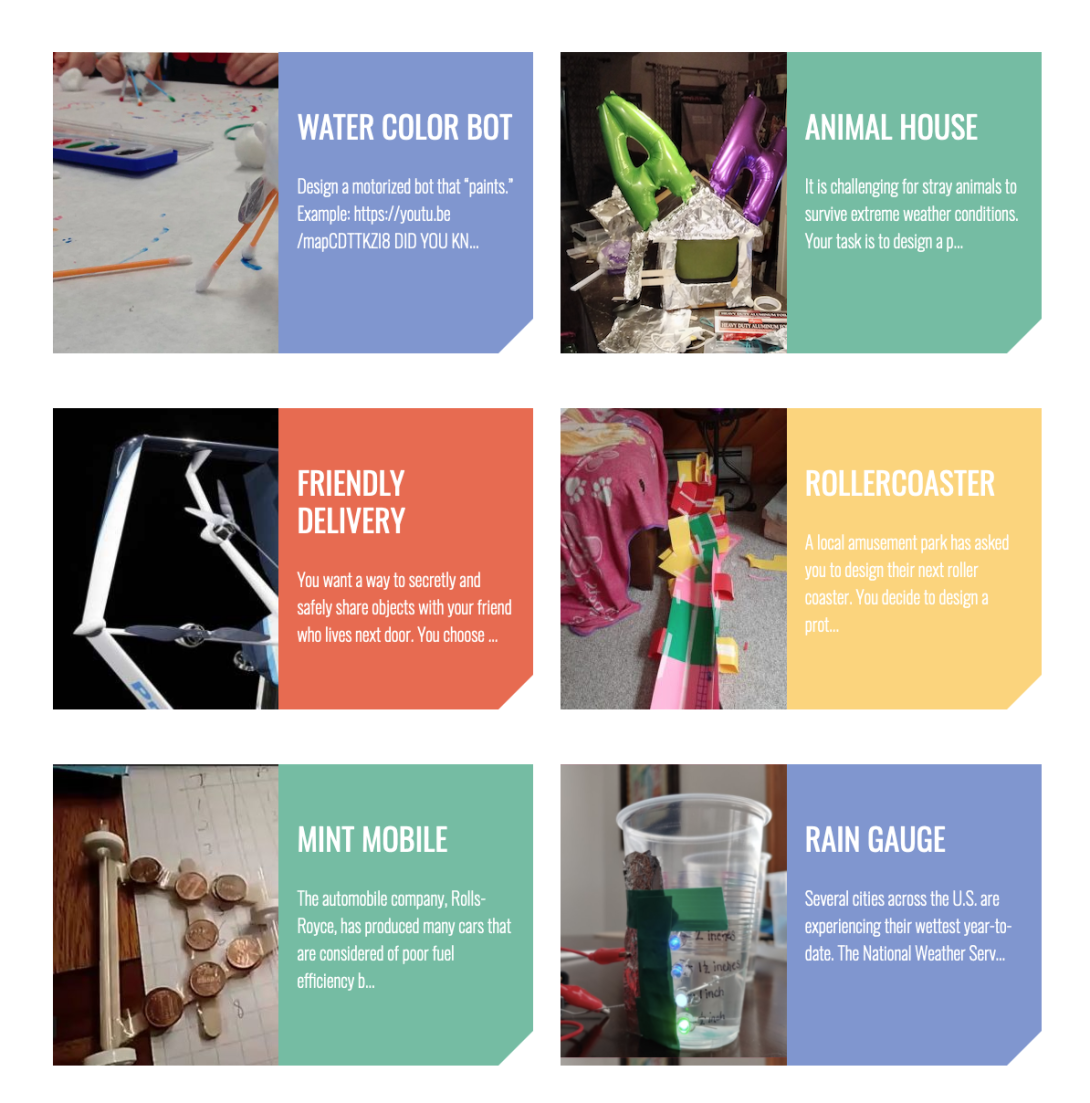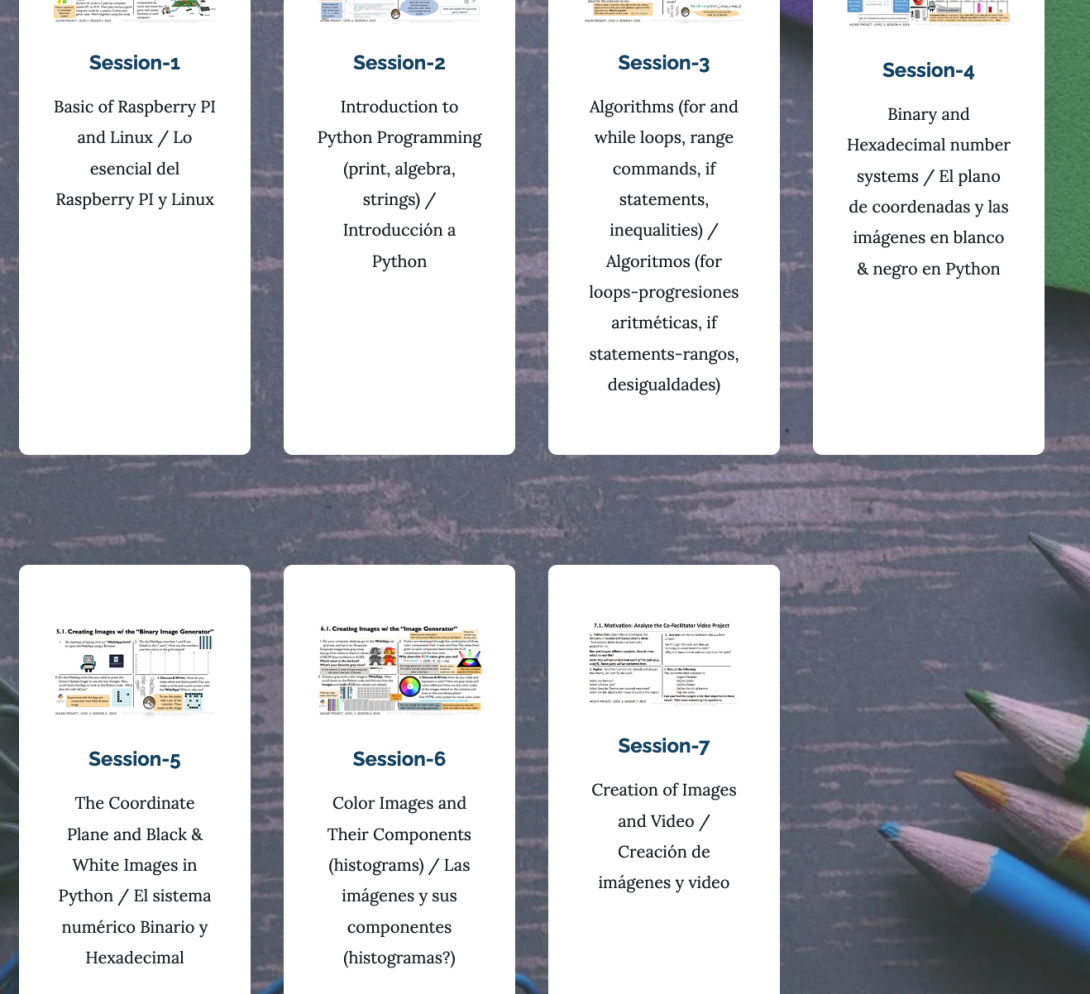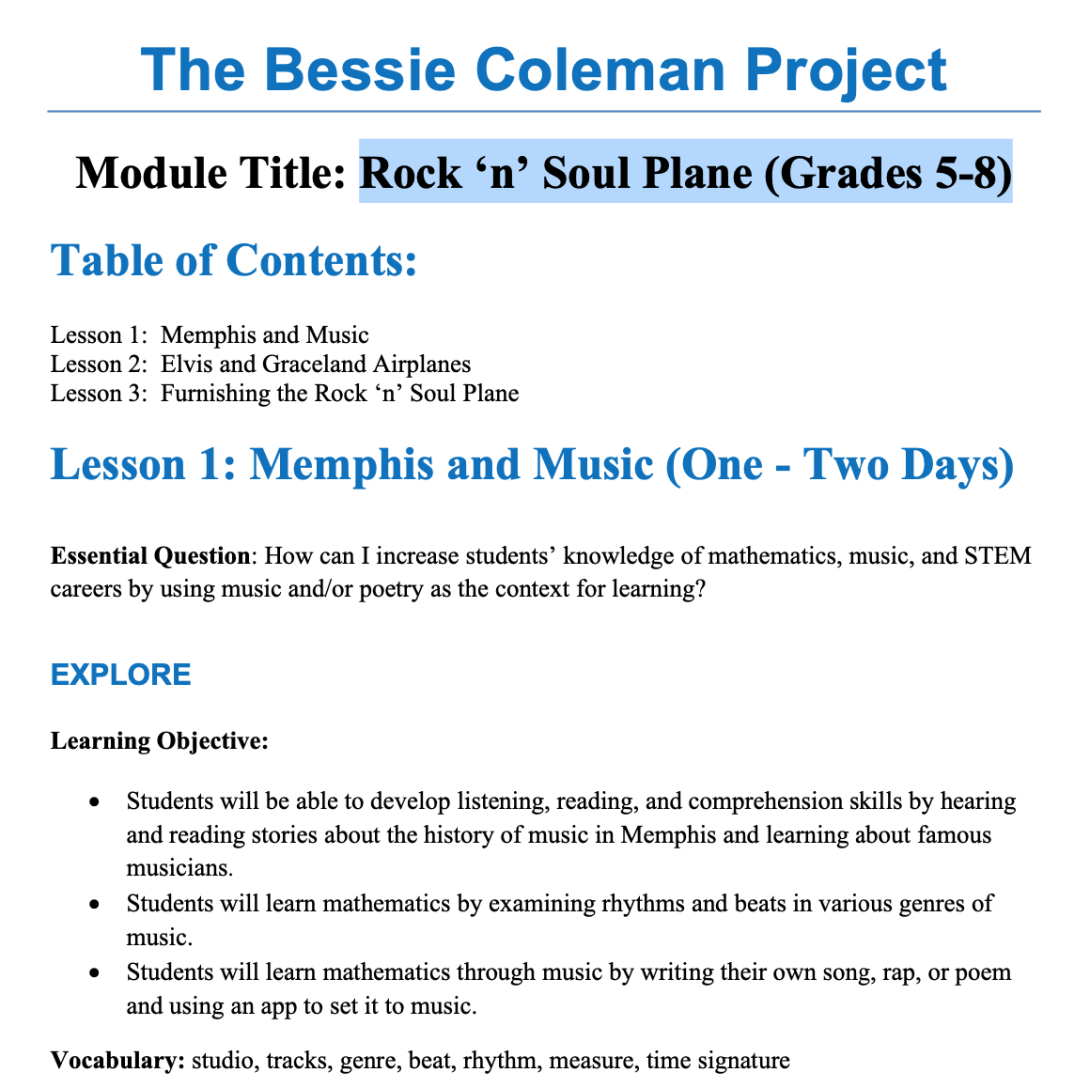Exploring Artificial Intelligence in English Language Arts with StoryQ
Curricular MaterialsNarrative Modeling with StoryQ Artificial intelligence (AI) is reshaping society, and AI will almost certainly be among the most dominant factors in the coming decades. While not every student needs to become an AI scientist or engineer, almost everyone will enter a workforce powered and transformed by AI technologies. Preparing youth to enter and engage with an AI-filled future is one of our most critical challenges. Introduction to Artificial Intelligence How to Model Natural Languages? How Do Humans Classify Text? Machine Learning with Alien Language Sentiment Analysis Features & Models All


